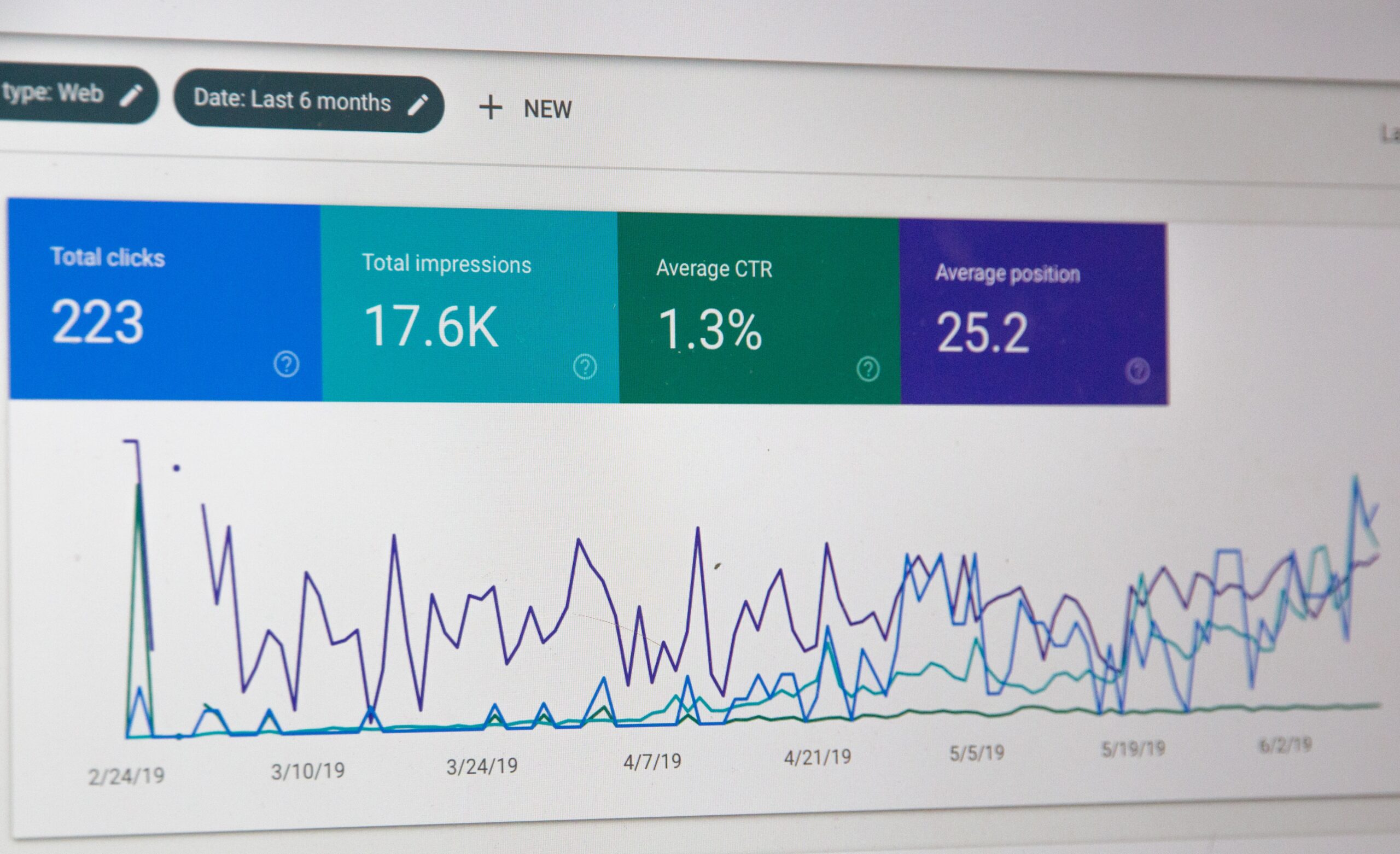Marketing on a budget
Marketing is an important part of building a consumer base and creating interest in your small business. New small businesses especially need some level of marketing to get the word out and let people know it exists. Traditional ways of marketing can be expensive and it is important to use your money wisely when building […]


